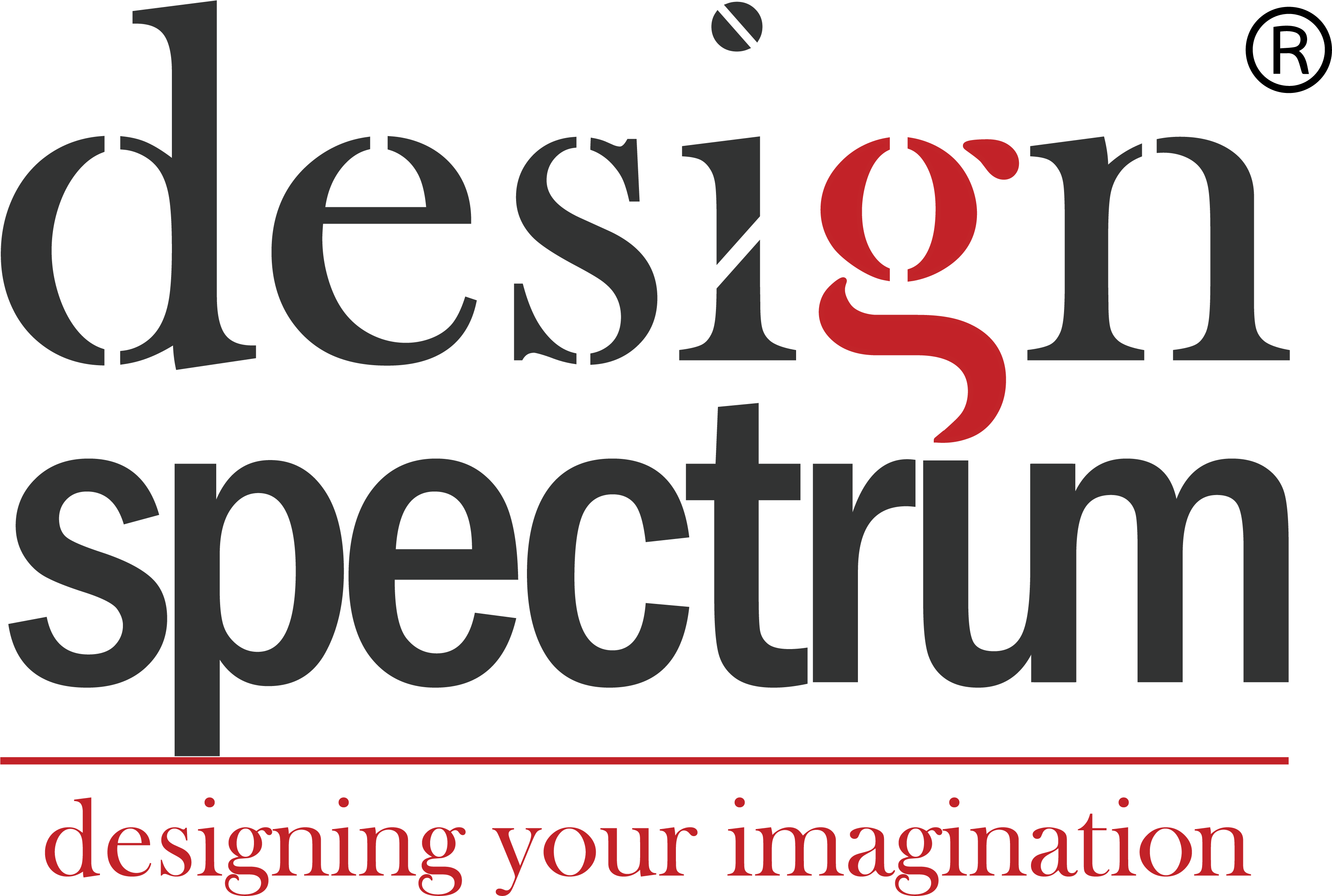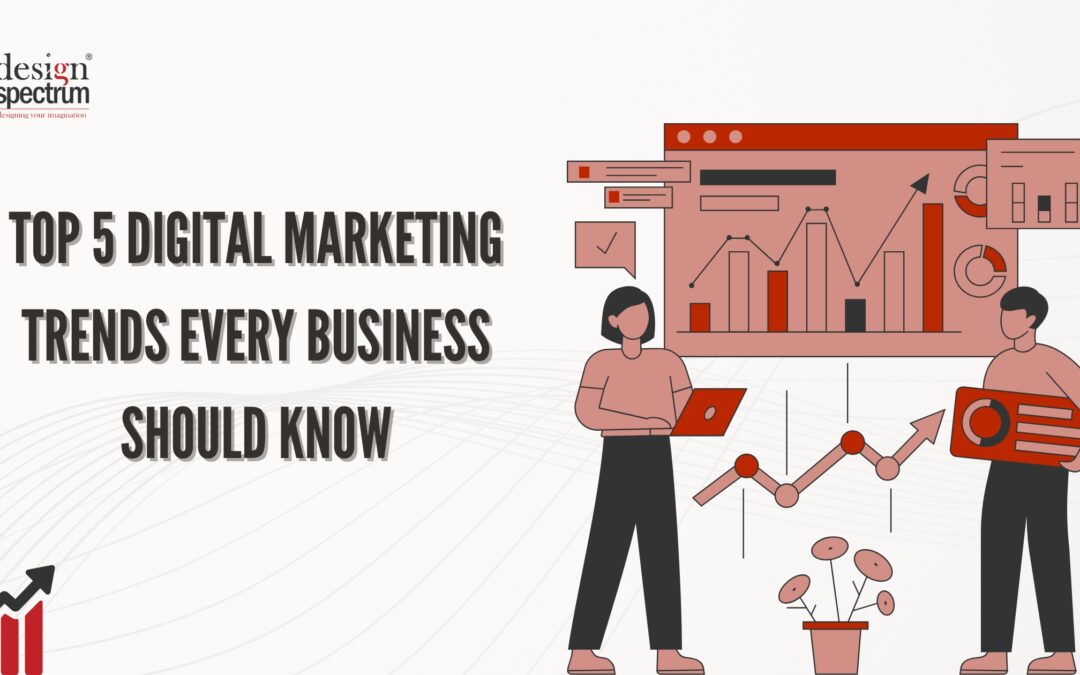Introduction
The digital world is ever-changing. For businesses looking to expand and grow, understanding the latest trends in digital marketing is important. This is because new advancements in technology along with users’ needs will make the communication strategy competitive, and adopting appropriate consumer trends would increase brand awareness, enhance consumer relationships and sales. This article presents the top 5 digital marketing trends that every business should comprehend and thus acquire in order to optimize its marketing efforts.
Table of Contents
1. Artificial Intelligence and Automation in Digital Marketing
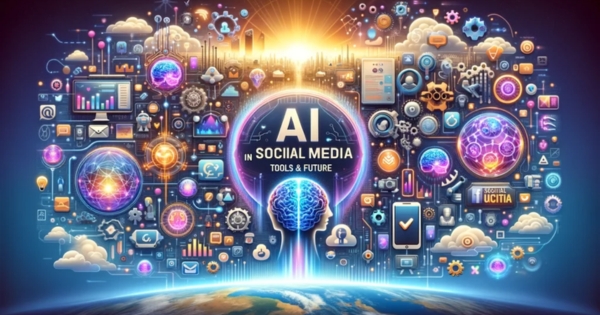
AI and automation are revolutionizing digital marketing practices and creating a chance for businesses to enhance their customer interactions and streamline marketing tasks. AI helps examine big data collected in bulk through the years instantaneously helping in informing any predictive marketing actions for audience segmentation, content targeting, and work automation. From chatbots that handle customer service problems to email marketing content functionalities that suit specific predictive analytics, AI is everywhere in the realm of digital marketing.
For instance, most businesses have AI bots on their websites to answer frequently asked questions and recommend solutions reasonably quickly which avoids wastage. There are AI-driven analytics tools that allow businesses to analyze data from customer interactions, helping them refine their SEO, social media strategies, and content marketing strategies. Companies are able to harness customer engagement more perfectly, and constant broader marketing initiatives within constraints are essentially the aim of modern society through the circumstances prevailing changes.
Including some more advanced automation that activates email marketing based on users’ actions can improve customer engagement levels significantly. The result of doing it is less waste of external resources and more focus on what matters the most and a sense of stability in the messages.
2. The Power of Content Marketing and Personalization
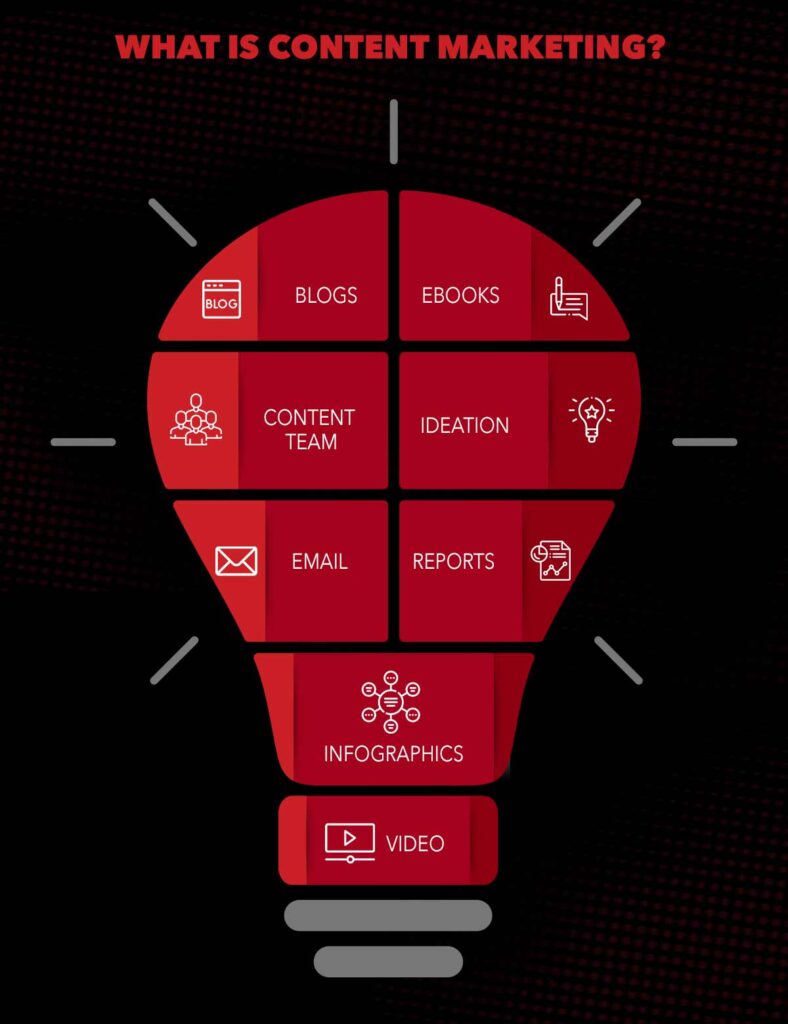
Content marketing remains one of the best ways for businesses to establish a relationship with their audience. With a focus on the value they deliver, businesses practice content marketing to inform, entertain, or motivate their target audience towards creating a loyal audience base. Yet as the market becomes more competitive in the digital arena, personalization has now become an important aspect of content marketing whereby the brand can create different experiences that appeal to a specific user.
Personalized content could be as basic as inserting a customer’s name in the salutation of an email or more advanced forms such as browsing histories that influence product recommendations. This personalization applies to paid advertising and PPC marketing as well where ads are displayed to the audience according to their interests, and online activities. Surveys say that personalization elements such as customized emails or personalized product suggestions yield greater engagement and conversion and therefore should be part of digital strategies.
For example, in the case of brands such as Netflix and Amazon, are very good examples of understanding user preferences and recommending relevant content. By capitalizing on the information from previous engagements, organizations are able to enhance their approach in content marketing by making the engagement timely, thus reducing the chances of losing customers.
3. The Rise of Video Marketing and Interactive Content
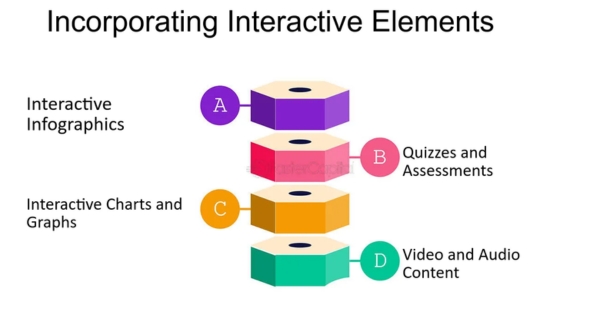
As the consumption of video-oriented content continues to see an upward trend around the world, it becomes clearer that video marketing is here to stay for businesses looking to engage their audience. YouTube and Instagram are able to capture a large audience because video content is also viral and as a result more exposure for brands. Live-streaming and polling tend to be more active among users compared to passive content which is always the case with old videos and pictures.
Businesses incorporate videos on their websites to talk about the brand, the products, and the processes involved in production. Platforms that allow for short-form videos like reels on Instagram are increasingly very popular with the ability to attract an audience in a few seconds. Research shows that users are likely to stay on platforms that are interactive and allow video content leading to increased engagement rate on social media.
A very good example is the fitness brands where virtual classes and Q&A sessions with trainers encourage social interaction. Such methods not only help raise trends in social media but also help build communities and brand loyalty among users.
4. Advanced SEO Techniques and Voice Search Optimization

Search Engine Optimization (SEO) is a great way to boost online presence and expand business reach. Also, as times change, so do SEO strategies, with 2024 showing a distinct emphasis on voice search owing to a wide acceptance of smart speakers and voice-assisted appliances. Now that consumers are performing searches verbally, businesses must now strategize on optimizing naturally for conversational keywords and phrases as well as questions, rather than the more conventional typed keywords.
Since voice search involves the use of longer phrases and common questions, it follows that businesses should incorporate tactics that target how voice searches sound. Furthermore, Google’s focus on websites that mobile-first indexing receives higher page ranks upon advertising, emphasizing the necessity to mobile-optimize websites for their anticipated high mobile audience coverage, which forms a significant aspect of our modern SEO.
Dominoes Pizza is one brand that has invested in voice search optimization so that consumers can use voice commands to place an order. Simplifying how customers interact with a brand tends to create a positive user experience for customers and is ultimately beneficial to the brand.
5. Paid Advertising Strategies and PPC Innovations
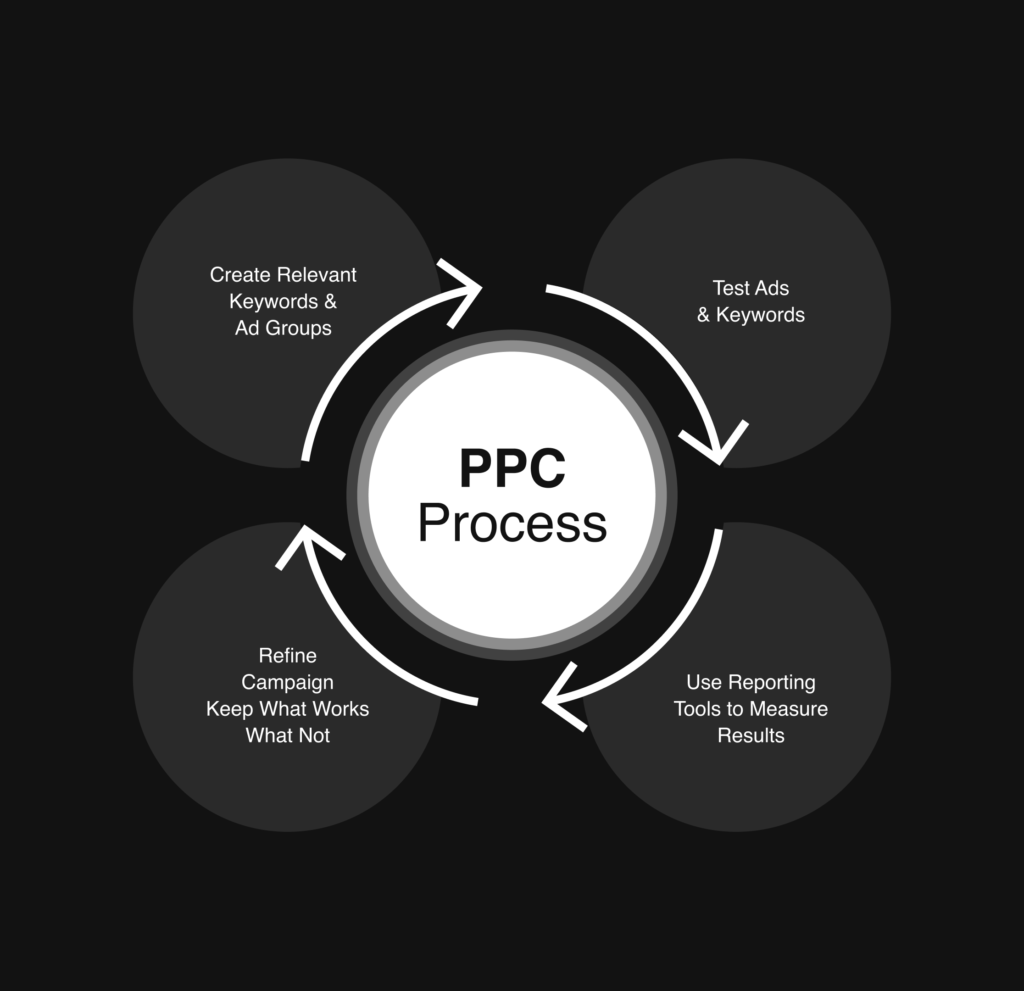
PPC advertising continues to be one of the aspects that any business can consider as paid advertising, as it allows more precise and particular targeting of specific audiences. Today’s technologies, most notably artificial intelligence and machine learning, have allowed PPC systems such as Google Ads and Facebook Ads to be able to automate most of the processes, allowing advertisements to show up to the most ideal audience at the ideal time. This cost-effective AI-powered PPC enables brands to make real-time adjustments to their campaigns, which results in increasing ROI.
Moreover, another important component in paid advertising is remarketing where ads are shown to users who have already engaged with the business to create brand recall. Remarketing helps businesses by capturing leads who may have shown interest in products or services but did not convert. Furthermore, as PPC advertisements become a common feature on social media networks, businesses can design PPC advertisements that appeal to their target audience’s followers and enhance social media interactions.
For example, retail outlets use remarketing ads to reach out to users who left the site after viewing certain products. With such advertisements, it is common to give some offers/discounts and when users see them, they are encouraged to go back to the site to make the purchases and complete the sales.
Conclusion
It is clear that the sphere of digital marketing is very dynamic and businesses that keep up with these trends are better positioned for success. Trends like investment in artificial intelligence, increasing levels of automation, and focusing on content and personalization all provide an opportunity to solve tasks and make growth even more effective. With the rise of video promotion, SEO practices as well as paid ads, brands will strengthen their audience engagement and thus improve their presence in the digital space.
